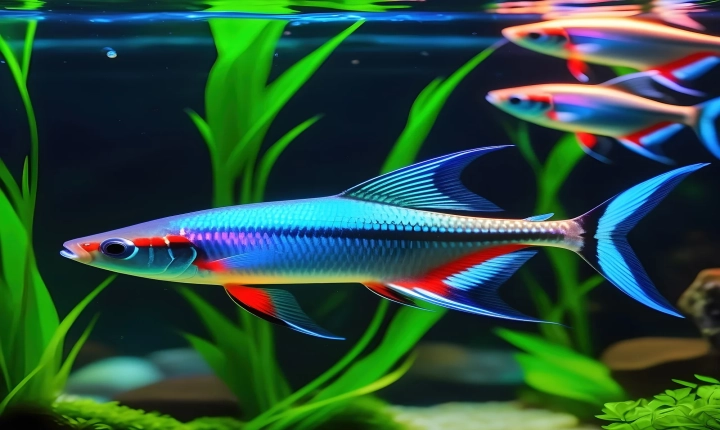Title: How to Convert Photos into AI Art: A Step-by-Step Guide
In recent years, artificial intelligence (AI) has revolutionized the way we create and experience art. With the help of machine learning algorithms, it is now possible to transform ordinary photographs into stunning pieces of AI art, adding a touch of creativity and innovation to digital imagery.
Whether you are a professional artist looking for new techniques or a hobbyist interested in exploring the possibilities of AI, transforming photos into AI art can be a fascinating and rewarding endeavor. In this article, we will guide you through the process of converting photos into AI art, unlocking the potential of machine learning to unleash your creativity.
Step 1: Choose Your Tools
To begin the process of converting photos into AI art, you will need to choose the right tools. There are several AI-based platforms and software applications available that specialize in transforming photos into art using neural network algorithms. Some popular options include DeepArt, Prisma, and Dreamscope, each offering unique features and artistic styles to explore.
Step 2: Select Your Source Image
Once you have selected your preferred AI art tool, the next step is to choose a suitable source image. It can be a photograph of a landscape, portrait, still life, or any other subject matter that you find visually compelling. Keep in mind that the output of the AI art will be influenced by the content and composition of the source image, so select a photo that you feel has the potential to become a visually striking piece of AI art.
Step 3: Experiment with Styles
Many AI art tools allow you to select from a variety of artistic styles and filters that can be applied to your source image. These styles are often inspired by famous artists, art movements, or abstract concepts. Experiment with different styles and observe how they transform your photo into a unique piece of AI art. Whether you prefer the bold brushstrokes of Van Gogh, the geometric patterns of Mondrian, or the surrealism of Dali, there is a style for every artistic preference.
Step 4: Refine and Customize
After applying a chosen style to your photo, you may have the option to refine and customize the output to further enhance the artistic effect. This may include adjusting parameters such as color saturation, contrast, texture, and brushstroke intensity. By fine-tuning these settings, you can tailor the AI art to your personal taste and artistic vision, adding a personal touch to the machine-generated artwork.
Step 5: Save and Share Your AI Art
Once you are satisfied with the results, it’s time to save and share your AI art. Most AI art tools allow you to download the generated artwork as an image file, which can be shared on social media, printed, or incorporated into your digital art portfolio. Be sure to credit the AI art tool and the original source image when sharing your creations, acknowledging the collaborative nature of creating art with artificial intelligence.
In conclusion, converting photos into AI art offers a unique and exciting way to explore the intersection of technology and creativity. By harnessing the power of artificial intelligence, artists and enthusiasts can transform ordinary images into remarkable pieces of digital art, expanding the boundaries of visual expression. With the right tools and a spirit of experimentation, the possibilities for creating AI art from photos are endless, inviting us to reimagine and reinterpret the world through the lens of machine intelligence.
